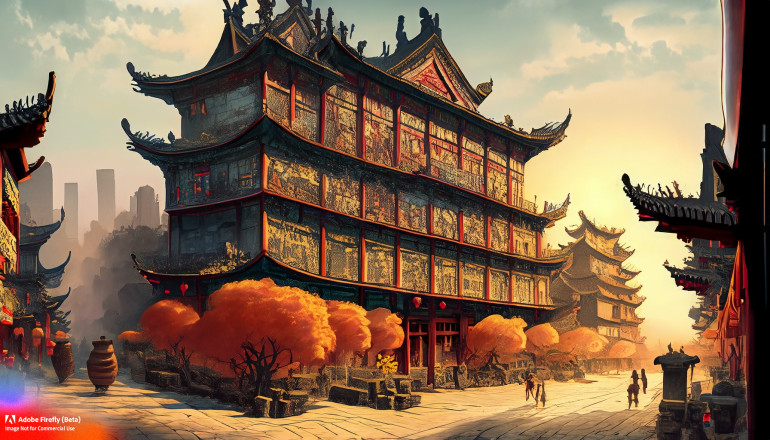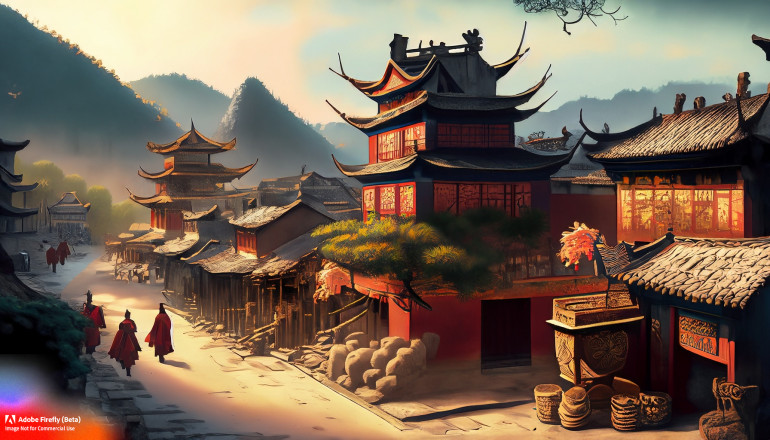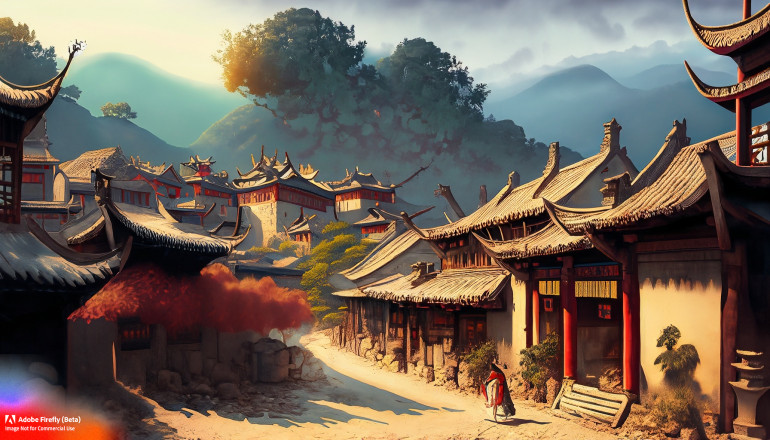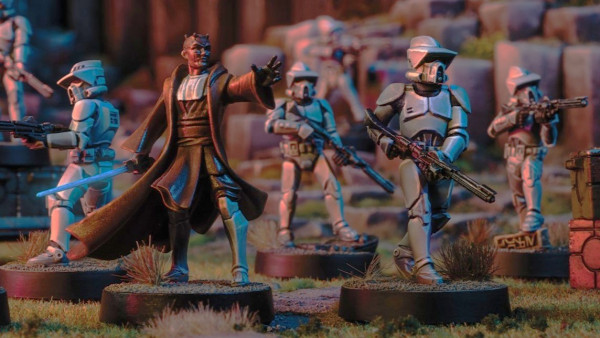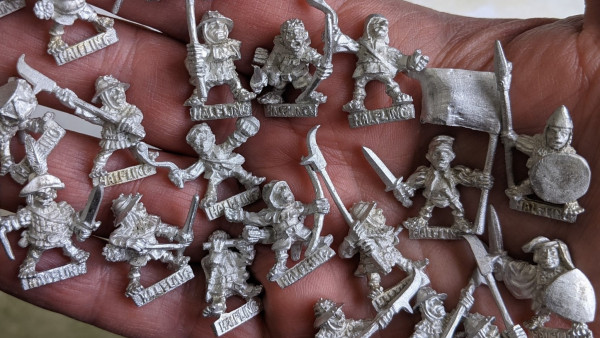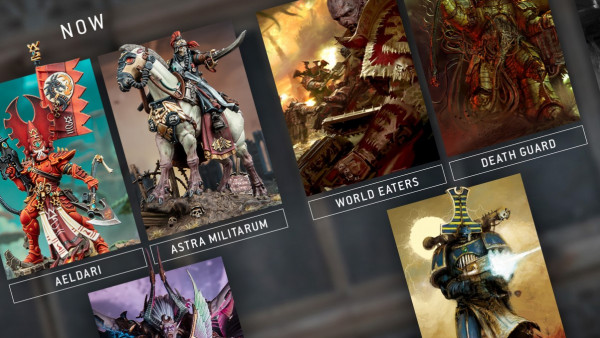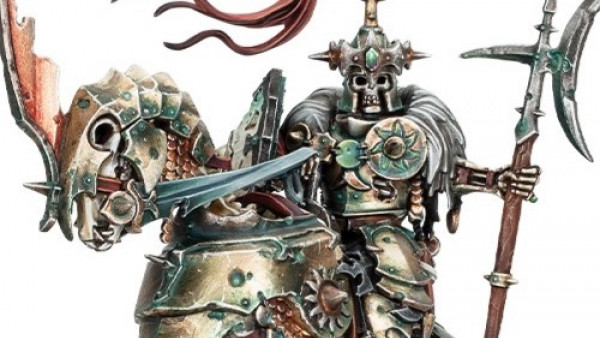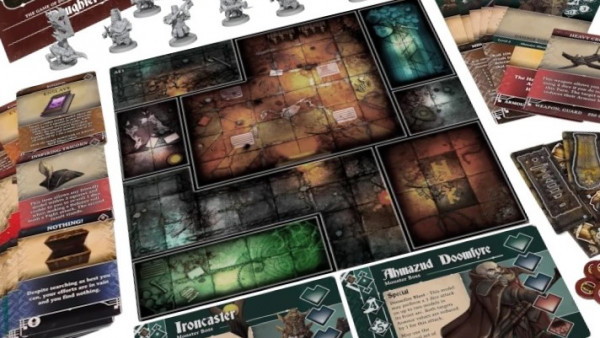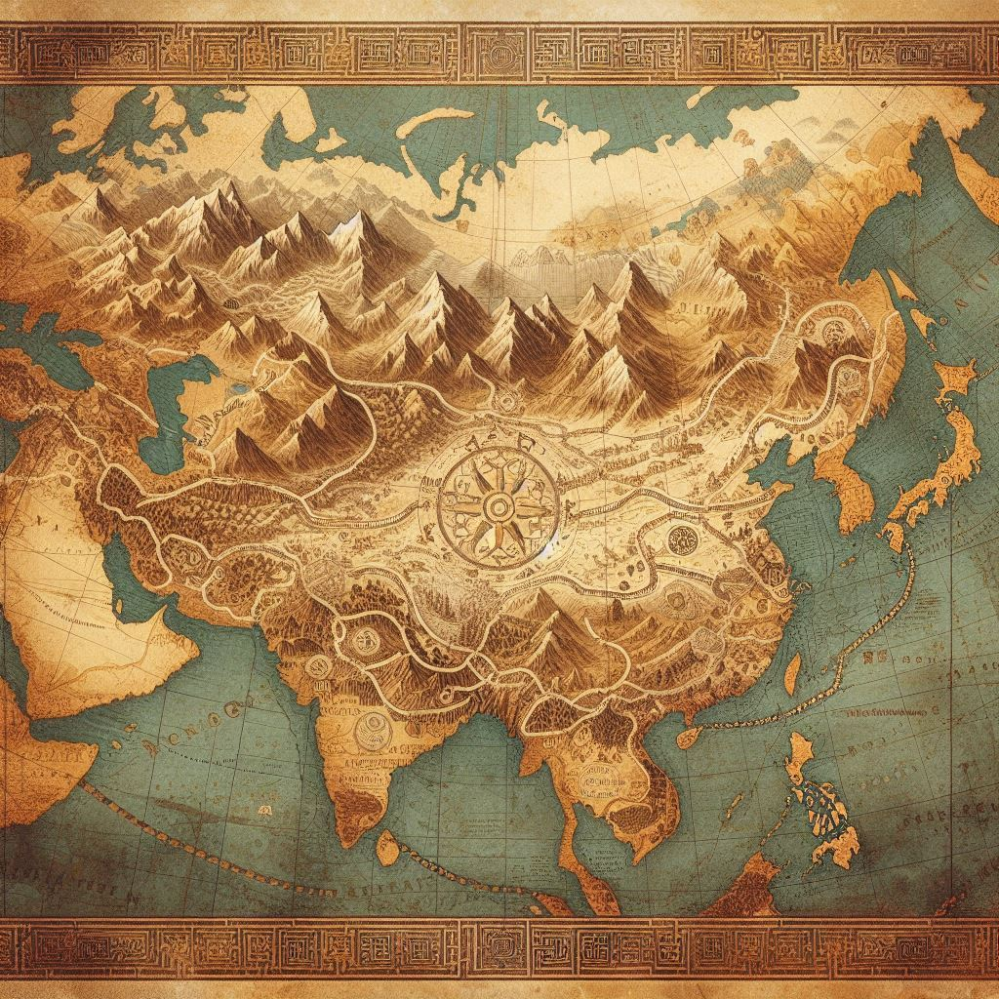
Silk Road Traders: A Game of Ancient Chinese Commerce
Recommendations:
About the Project
Silk Road Traders is a strategic board game where players assume the roles of merchants traveling along the ancient trade routes of China. The game is set during the height of the Tang Dynasty, when the Silk Road and other trade routes like the Tea-Horse route were bustling with activity. Players will trade goods, navigate treacherous paths, and compete to become the most prosperous trader in ancient China.
Related Genre: Historical
This Project is Active
Locations
In Silk Road Traders, players will travel to various historical locations along ancient Chinese trade routes. Each location offers unique opportunities to trade goods, explore for resources, and face different challenges. These locations add depth and variety to the game, providing players with strategic options and immersive experiences.
Key Locations
Chang’an (Xi’an)
Description: The starting point of the Silk Road and the capital of the Tang Dynasty, Chang’an is a bustling metropolis known for its vibrant markets and cultural diversity.
Opportunities
- High demand for exotic goods like spices and silk.
- Various trade missions originate from here.
Special Events: Imperial Inspection – Gain extra rewards if your caravan is well-stocked and presentable when an imperial envoy visits.
Luoyang
Description: A major cultural and economic centre, Luoyang is renowned for its beautiful gardens and historical significance.
Opportunities
- High prices for silk and ceramics.
- Chance to find rare goods in the markets.
Special Event: Cultural Festival – Increased demand for luxury goods and art.
Dunhuang
Description: Located at the edge of the Gobi Desert, Dunhuang is a key oasis town famous for its cave art and as a stopping point for travellers.
Opportunities
- High demand for water and food supplies.
- Trade in rare manuscripts and religious artifacts.
Special Event: Desert Storm – Travel is more difficult, requiring additional resources to pass through.
Kashgar
Description: An important trading hub at the crossroads of Central Asia, Kashgar is known for its vibrant bazaars and diverse cultural influences.
Opportunities
- High prices for tea and horses.
- Access to goods from Central Asia and beyond.
Special Event: Caravanserai Festival – Special discounts on goods and services for all players.
Lhasa
Description: The spiritual and administrative centre of Tibet, Lhasa is known for its monasteries and unique culture.
Opportunities
- High demand for tea and religious artifacts.
- Chance to hire skilled guides for difficult mountain routes.
Special Event: Pilgrimage Season – Increased demand for food and supplies due to influx of pilgrims.
Chengdu
Description: A major city in the fertile Sichuan Basin, Chengdu is famous for its tea plantations and silk production.
Opportunities:
- High prices for tea and spices.
- Trade missions involving agricultural goods.
Special Event: Tea Harvest Festival – Extra profits from selling tea during the festival.
Turpan
Description: An oasis city in the Turpan Depression, known for its grapes, melons, and strategic location along the Silk Road.
Opportunities:
- High demand for silk and ceramics.
- Trade in unique agricultural products.
Special Event: Harvest Season – Increased availability of food supplies at lower prices.
Samarkand
Description: A legendary city at the heart of Central Asia, Samarkand is renowned for its rich history, stunning architecture, and bustling markets.
Opportunities:
- High prices for luxury goods and spices.
- Access to goods from Persia and India.
Special Event: Market Boom- Temporarily increased demand for all goods.
Xi’an
Description: A major city and key trading post, Xi’an is a cultural and economic hub with a strong demand for various goods.
Opportunities:
- High demand for silk, ceramics, and spices.
- Trade missions focused on supplying the imperial court.
Special Event: Emperor’s Birthday – Increased demand for luxury goods and gifts.
Guangzhou
Description: A major port city in southern China, Guangzhou is a gateway for maritime trade with Southeast Asia and beyond.
Opportunities:
- High prices for exotic goods like spices and pearls.
- Access to maritime trade routes.
Special Event: Monsoon Season – Increased difficulty for maritime travel, affecting availability and prices of certain goods.
Location Cards
Each location can have a card detailing its unique characteristics, opportunities, and special events. Players can refer to these cards when planning their routes and trade strategies.
Example Location Cards
Chang’an (Xi’an)
Description: The starting point of the Silk Road and the capital of the Tang Dynasty, Chang’an is a bustling metropolis known for its vibrant markets and cultural diversity.
Opportunities
- High demand for exotic goods like spices and silk.
- Various trade missions originate from here.
Special Event: Imperial Inspection – Gain extra rewards if your caravan is well-stocked and presentable when an imperial envoy visits.
Kashgar
Description: An important trading hub at the crossroads of Central Asia, Kashgar is known for its vibrant bazaars and diverse cultural influences.
Opportunities
- High prices for tea and horses.
- Access to goods from Central Asia and beyond.
Special Events: Caravanserai Festival – Special discounts on goods and services for all players.
Integrating Locations into Gameplay
Traveling to Locations: Players roll dice to move their caravan tokens along trade routes, choosing which locations to stop at based on their strategic goals.
Trading Goods: Each location will have specific demands and offers different prices for goods. Players buy low and sell high to maximize their profits.
Exploring and Events: Players can explore each location for possible opportunities and face special events that can either aid or hinder their progress.
By incorporating these diverse locations, Silk Road Traders will provide a rich and varied gameplay experience, encouraging strategic planning, resource management, and immersive game play as players navigate the ancient trade routes of China and the Silk Road.
What is Silk Road Traders
This is my first attempt at creating a board game concept. The plan is to initially try and create the rules and some background for the game before then trying to generate some prototype artwork and graphics, such as board concepts, card designs, as well packaging designs and artwork for to illustrate the rules and packaging.
This is really a way for me to learn about game design and create a graphic design project for myself using some of the skills I’ve learnt over the years working in media, design and marketing.
I may also design such items as a name, logo and business graphics for a publishing company.
Silk Road Traders: A Game of Ancient Chinese Commerce
Introduction
Silk Road Traders is a strategic board game where players assume the roles of merchants traveling along the ancient trade routes of China. The game is set during the height of the Tang Dynasty, when the Silk Road and other trade routes like the Tea-Horse route were bustling with activity. Players will trade goods, navigate treacherous paths, and compete to become the most prosperous trader in ancient China.
Objective
The objective of Silk Road Traders is to accumulate wealth by trading goods across various cities and trade posts. Players earn money by buying goods at lower prices and selling them at higher prices, completing trade missions, and managing resources effectively. The player with the most wealth at the end of the game wins.
Gameplay
Players take turns in a clockwise order. Each turn consists of the following phases:
Travel Phase
Roll the dice to determine the distance your caravan can travel along the trade routes.
Move your caravan token accordingly. Players can choose to stop at any city or trade post along their path.
Each move consumes resources (e.g., food and water). Ensure you have enough resources to travel; otherwise, your movement is limited.
Trade Phase
If your caravan stops in a city or trade post, you can engage in trade.
Buy goods at the current market price and sell goods you are carrying.
Market prices fluctuate based on supply and demand, influenced by event cards and player actions.
Some cities specialize in certain goods, offering better prices for specific items (e.g., tea in Chengdu, horses in Lhasa).
Event Phase
Draw an event card and resolve its effects. Events can be beneficial or detrimental and may affect all players or just the one who drew the card.
Examples of events include “Bandit Attack” (lose some goods), “Good Harvest” (lower food prices), “Market Boom” (increase in demand for certain goods), and “Monsoon Season” (reduced travel distance).
Mission Phase
Players can attempt to complete trade missions by delivering specified goods to designated cities.
Successful missions provide additional wealth and possibly other rewards, such as rare goods or extra resources.
Sample Trade Mission Cards
Each trade mission card specifies:
Origin City: Where the goods must be purchased or collected.
Destination City: Where the goods must be delivered.
Goods Required: Specific types and quantities of goods needed to complete the mission.
Reward: The money and/or special bonuses received upon successful delivery.
End of the Game
The game ends after a predetermined number of rounds or when a significant event card, such as “Emperor’s Decree,” is drawn. Players then tally their wealth, including money, unsold goods, and completed mission bonuses.
The player with the highest total wealth is declared the winner and the most successful trader of ancient China.









































